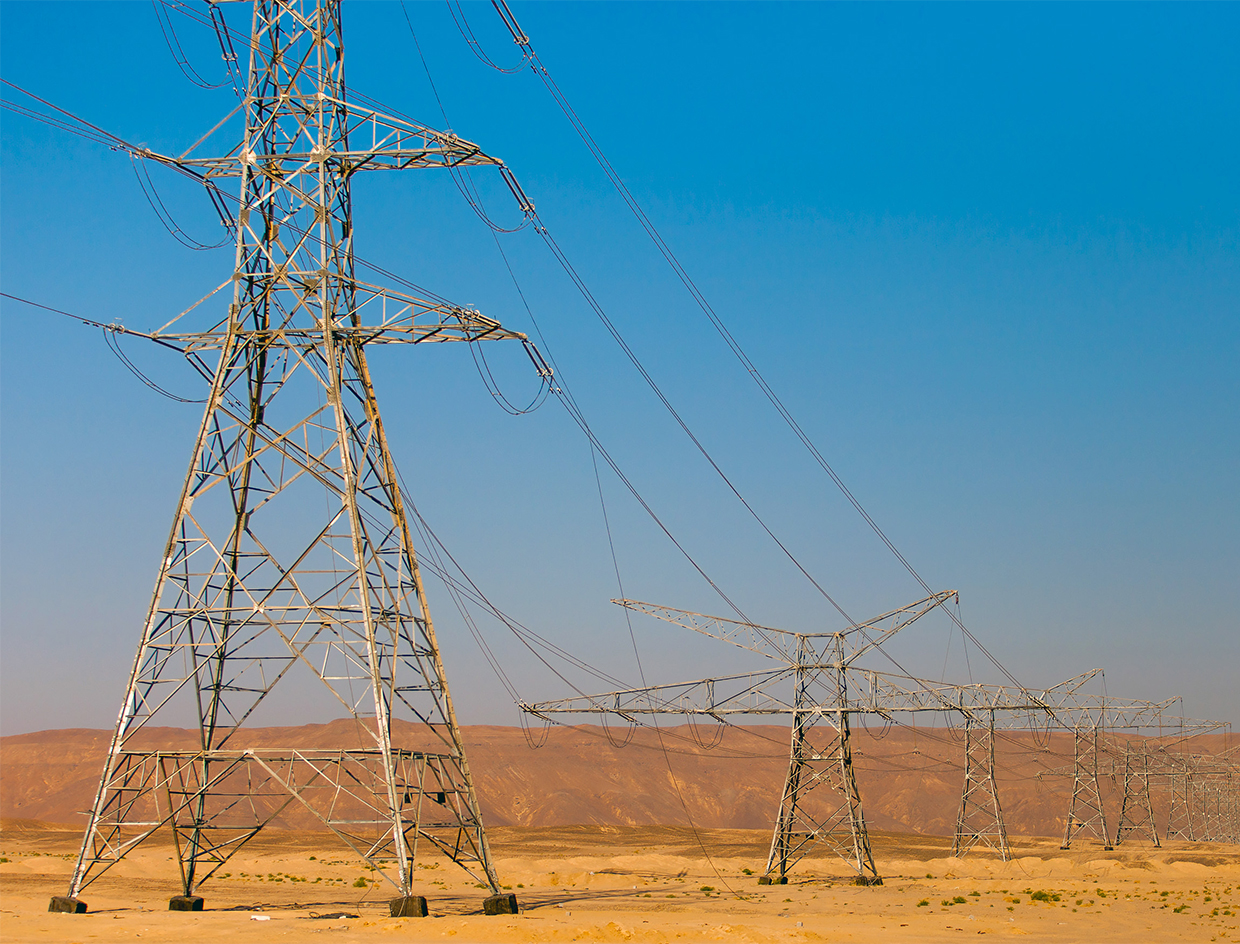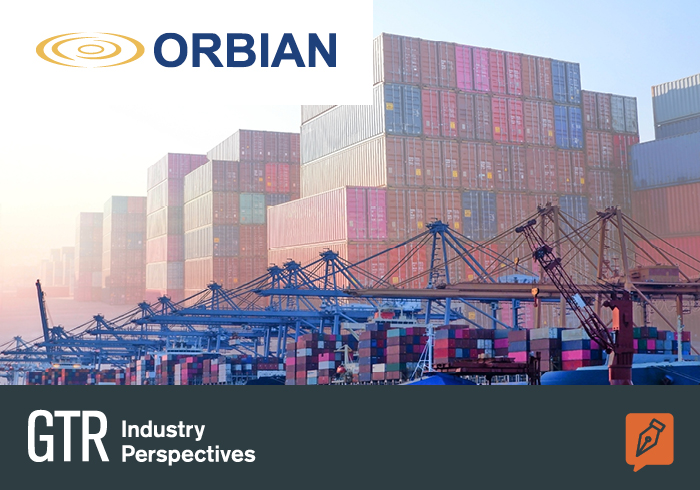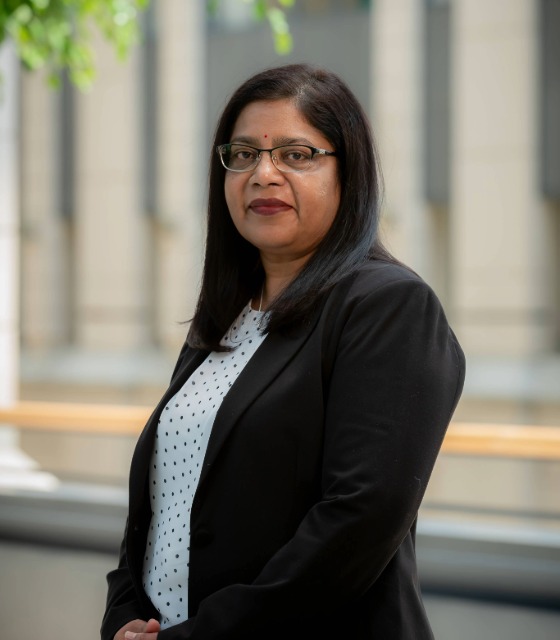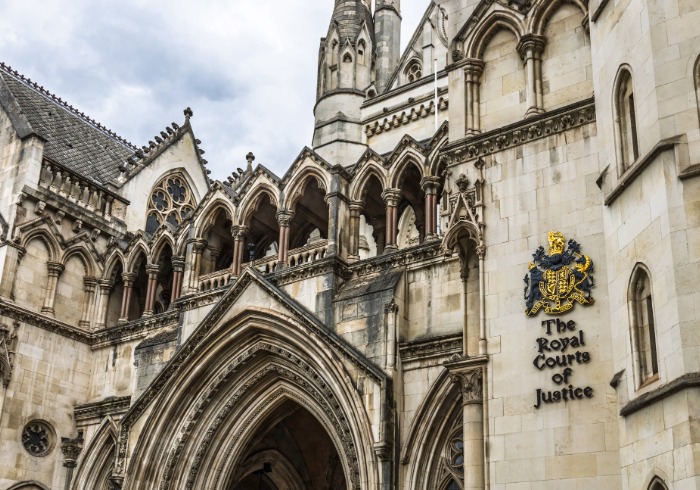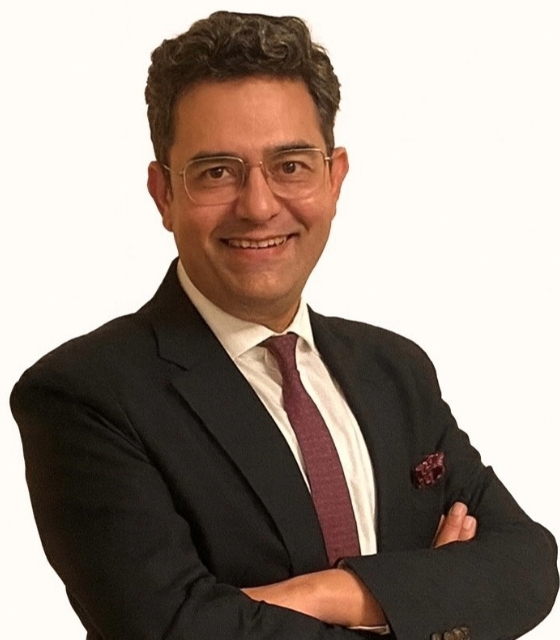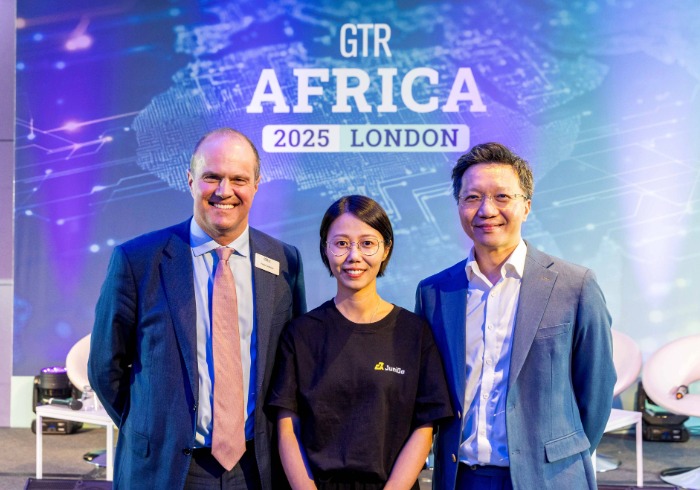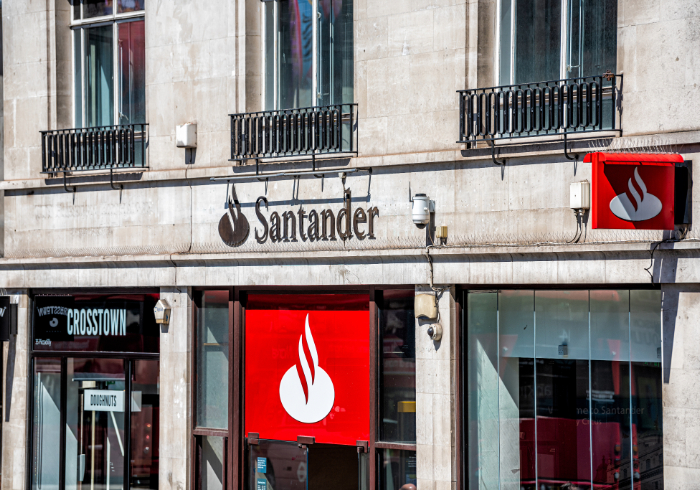Confidence is returning to Egypt’s renewables sector as the European Bank for Reconstruction and Development (EBRD) and other development finance institutions (DFIs) are signing financial agreements for a flurry of solar power plants in Egypt’s Benban complex.
Over the past week, a range of deals have been signed under phase two of the Egyptian government’s feed-in tariff (FIT) scheme, which requires projects to reach financial close by the end of October.
The FIT programme, which was initially established in September 2014, intends to attract direct foreign investment and financing for Egyptian photovoltaic (PV) and wind projects.
One flagship project under the scheme is the Benban solar complex. Built across a 37km2 plot of land in the south of Egypt, divided into 41 plants, it is set to be the largest solar installation in Africa, with a total capacity of 1.8GW.
For one, Norway’s Scatec Solar has reached financial close for six 50MW solar plants, receiving US$335mn from the EBRD, the Green Climate Fund (GCF), the Islamic Development Bank (IsDB), the Islamic Corporation for the Development of the Private Sector (ICD) and the Dutch development bank FMO.
The EBRD is extending US$235mn, of which US$48mn is provided by GCF and US$72 from FMO. IsDB will extend US$75mn and the ICD US$25mn.
The GCF contribution is the first support provided under an agreement it signed with the EBRD in April, making the EBRD the largest single recipient of the fund’s resources.
Meanwhile, the EBRD, GCF and FMO have also signed a US$87mn syndicated loan for Infinity Solar, an Egyptian renewable energy developer, and ib vogt, a German solar developer, to construct and operate two solar plants with a capacity of 80MW, also at Benban.
The loan will be provided for each development under an A/B structure, comprising EBRD A loans of US$58mn, of which US$44mn will come from the bank’s own account and US$14mn from the GCF. FMO will provide B loans of US$29mn. The development consortium was supported by Synergy Consulting and Solizer, which acted as transaction advisors for the two projects.
Finally, the EBRD has also signed a financing package of US$73mn for the construction and operation of three solar plants built by the Saudi energy and water developer ACWA Power, together with Chinese partner Chint and local partner Al-Tawakol Electrical Co. The project is co-financed by the Industrial and Commercial Bank of China with a matching loan, supported by the Multilateral Investment Guarantee Agency (Miga).
All projects are part of EBRD’s US$500mn framework for renewable energy in Egypt, which was approved by the bank’s board earlier in the year.
The first deal under the framework was signed in August with French development financier Proparco. According to the agreement, the parties will provide US$116mn (US$58mn each), to finance two 50MW solar plants in the Benban complex. The facilities will be constructed, operated and owned by two Egyptian subsidiaries of the French company Eren Renewable Energy and Access Power, the Dubai-based developer, owner and operator of sustainable power plants.
This deal was followed by the signing of a US$28.5mn loan for the construction of a 50MW solar plant in the same complex, which will be built by Alfanar Energy, a Saudi-based construction and electric manufacturing company. The EBRD loan will be complemented by a parallel loan of up to US$28.5mn from the ICD.
The EBRD is expected to finance a total of 16 solar plants under the framework, making it the largest investor in renewable energy in the country.
Development finance institutions are a vital source of funding for this sector, due to the still limited interest and risk appetite from international commercial banks.
As reported by GTR in its latest publication, the many commitments indicate that development finance institutions are beginning to return in force to support Egypt’s renewables sector.
It comes after many of these finance institutions and other investors last year pulled out of the first phase of Egypt’s renewable energy FIT scheme due to concerns about some of the clauses within the power purchase agreement (PPA). Ultimately, just a handful of renewable projects under phase one were successfully closed.
By September 2016, Egypt had launched phase two of the FIT, making a series of alterations to the PPA – which has evidently been sufficient enough to bring back investors and some DFIs.
This not only involves the aforementioned institutions. In July, the IFC approved an investment of US$635mn to help construct, operate and maintain up to 11 solar power plants in Egypt.
The UK’s development finance institution CDC is also back. “CDC is very interested in the Egyptian renewable programmes and projects and is actively working on a number of projects in the solar FIT round two programme under the IFC programme,” Iain Macaulay, investment director and head of project finance at CDC, told GTR for its latest issue.
Egypt urgently needs to increase its renewable energy output to meet the growing demand of its population. The government has set an ambitious target of ensuring that 20% of its electricity is generated from renewable sources by 2022 (12% from wind, 2% from solar and 6% from hydroelectricity). The country is in a good position to develop its renewable sector, enjoying hours of sunshine due to its geographic location, as well as strong winds it can harness, particularly in the Gulf of Suez.
Increasing the output of the renewables sector would not only free up some of its oil and gas reserves for the export market, but also attract much-needed foreign investment into a country that has suffered years of political turmoil.



